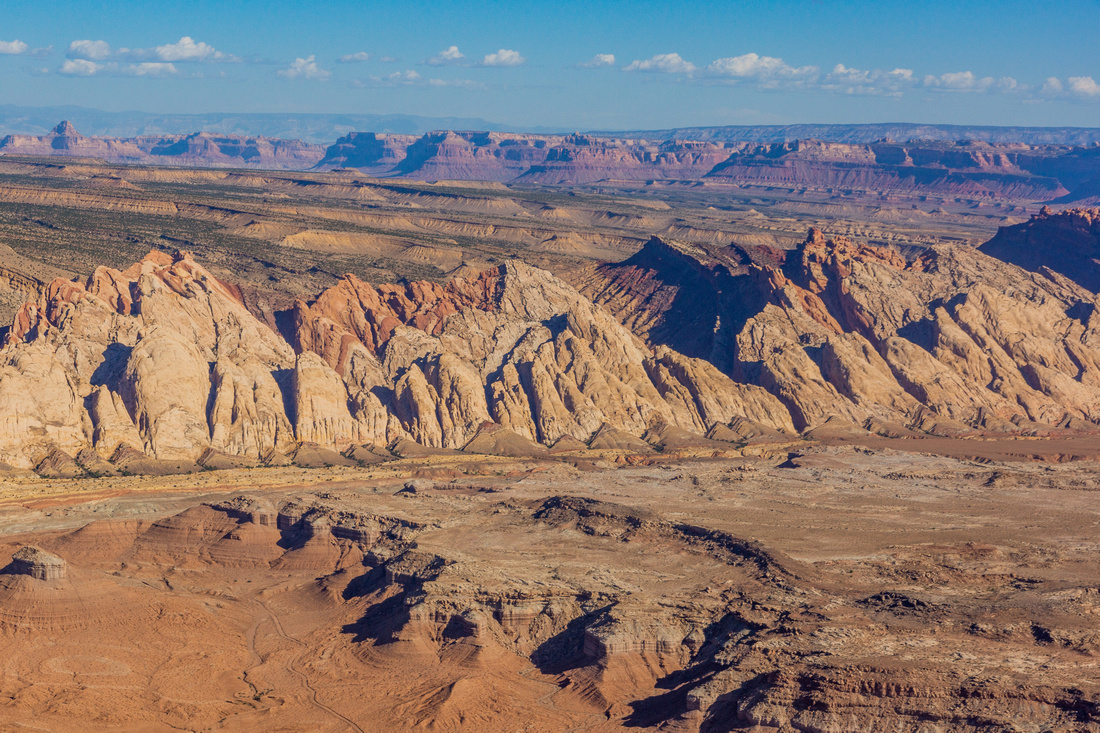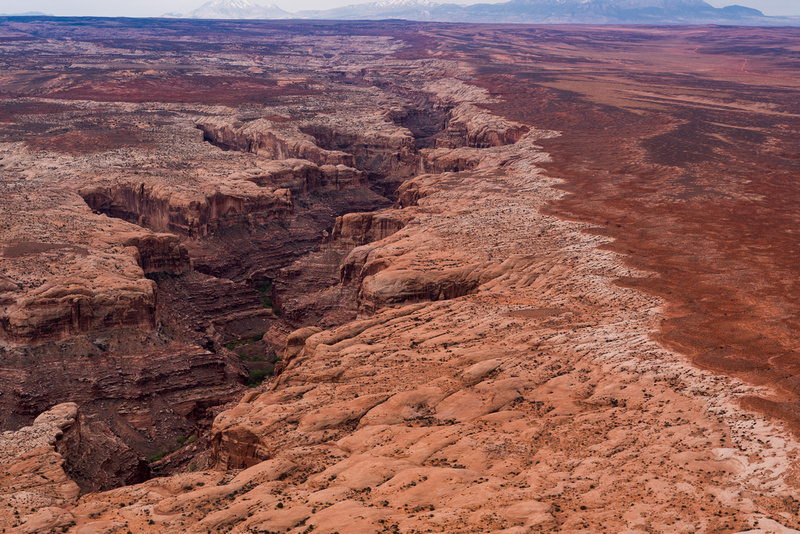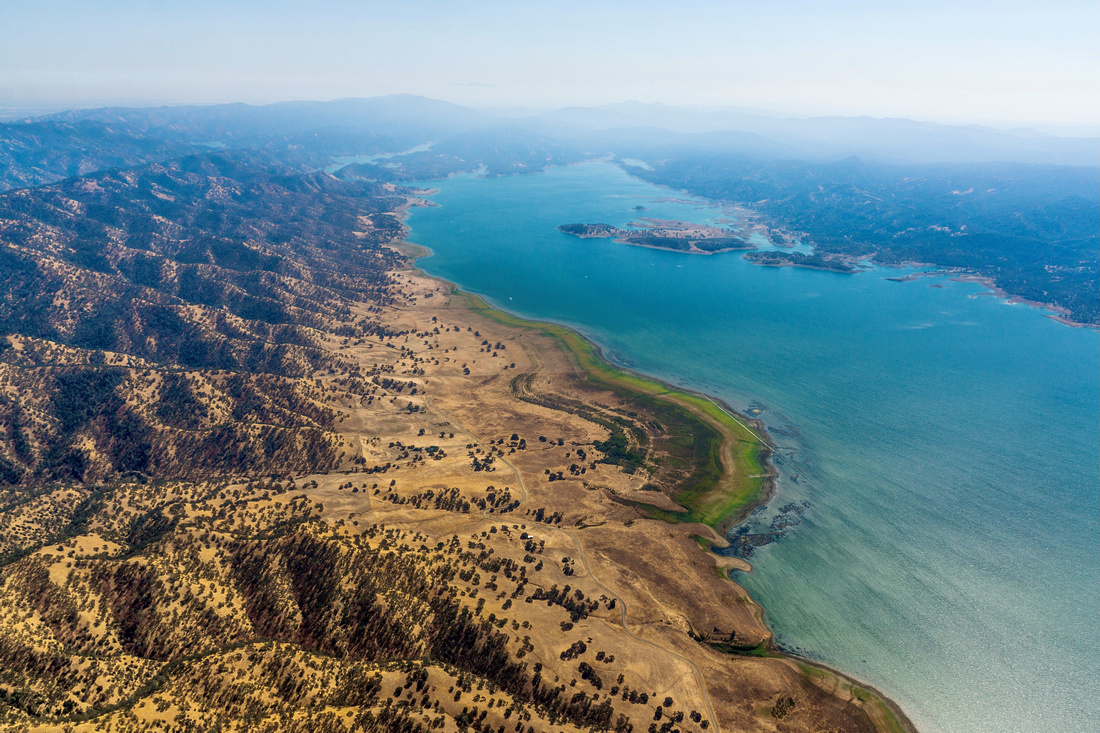
Captain’s Log Starship 1XE, Day 19 in the month April, Earth Calendar year 2021.

Technology is our friend and aviation has always been at the forefront of many innovative changes. Commercial flying is on the way to becoming totally automated. When one flies above and through the clouds in our air traffic control system, one relies so much on the wonders of avionics and the control of the ‘controllers’. This is one very good reason to be involved in what I call Conservation Flying, where you are still flying by the seat of your pants and can see, observe, and grasp the wonders of our planet. Recently I got to experience a bit of both as we accomplished a mission for the BLM in Utah, and again when we flew over Walker Ridge and the Snow Berryessa area in California with conservationists trying to protect these incredible landscapes. One of the more remarkable areas in a state renowned for remarkable areas is the San Rafael Swell of Utah, located approximately 45 miles west of Moab. When you look down from the perspective of a conservation pilot you witness how the harsh elements ‘beat against this dome and eroded it into a wild, broken array of multi-colored sandstone. Wind and water carved this jumble of rock into incredible formations as buttes, canyons, pinnacles and mesas emerged, making the Swell one of the most ruggedly beautiful pockets of terrain in the world.’ (Utah.com) It is a place I have been fortunate enough to explore on foot, clambering up the rocks and deep into the endless canyons. The San Rafael Swell is managed by the BLM and considered one of the most undiscovered natural wonders of our American west. And that is where EcoFlight comes in. The BLM is working with the state of Utah to obtain various tracts of land that were granted as Utah State trust lands (SITLA). These were parcels of land granted by Congress to Utah at the time of statehood. Trust lands were allocated specifically to generate revenue to support designated state institutions, including public schools, hospitals, teaching colleges, and universities.
When we began mapping out our flight route, we were amazed at the location of these trust lands in the Swell and Tavupats plateau, as they ranged everywhere from high jagged mountain tops to deep canyons.

The challenge was to document each of these approximately 1-mile blocks with photography and video. The monotony of high-tech flying by instruments and waypoints punctuated why I prefer the type of flying we typically do at EcoFlight, as I droned through the skies flying each and every one of the marked waypoints. We had our 360 GoPro thoroughly recording the landscape with the ability to look in all directions (check it out here). We had our iPads with Avenza Maps showing us polygons on the landscape that denoted the land parcels up for exchange, and by use of the flight tracklog on our Foreflight app we are able to sync up accurate latitude and longitudes for the images and video we obtained.

The good news with what proved to be a tedious afternoon was that when I could look down at the landscape, I had to marvel at the incredible sheer beauty of this complex and unique area.
The BLM is working on acquiring these remote and rugged lands, consolidating management of continuous tracts of land, and is exchanging them for other lands with the State of Utah and it will be both a win for conservation and for the state of Utah.

Now compare that flying with another recent flight over Lake Berryessa and the Walker Ridge area of California. This little-known gem is located approximately 50 miles east of Sonoma County and is one of the last great unknown places for beauty, solitude, hiking and recreational experiences near relatively developed urban areas in California.
Walker Ridge is an ecological treasure with renowned biological diversity and fascinating geology and home to one of the most inspiring wildflower displays in the entire West, but it has also been a frequent target for energy developers.
This flying was much more to my liking as I had to navigate the small passes surrounding the reservoir, tipping the wings to provide the passengers (yes, a few vaccinated passengers from the press and local politicos) with wondrous views of the reservoir and hiking areas. We got to fly very low and very slow, capturing the natural beauty of the flowers which were peaking at this time of year. Spectacular! Flying the heavy metal and commercial rigs of the airlines and charter companies and navigating solely by instrument and looking inside the cockpit are definitely where the big bucks are, but in my opinion nothing can compare with soaring over the wonders of our nature while being able to look out the window.

Bruce Gordon